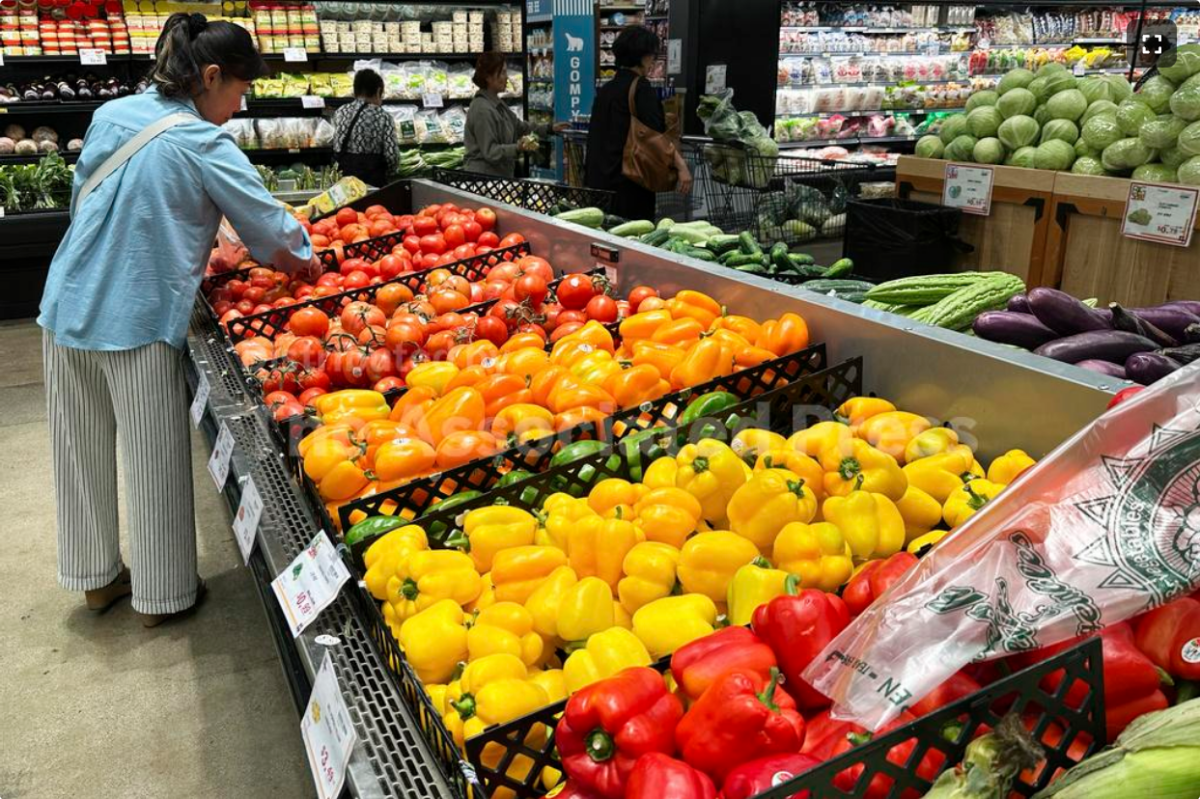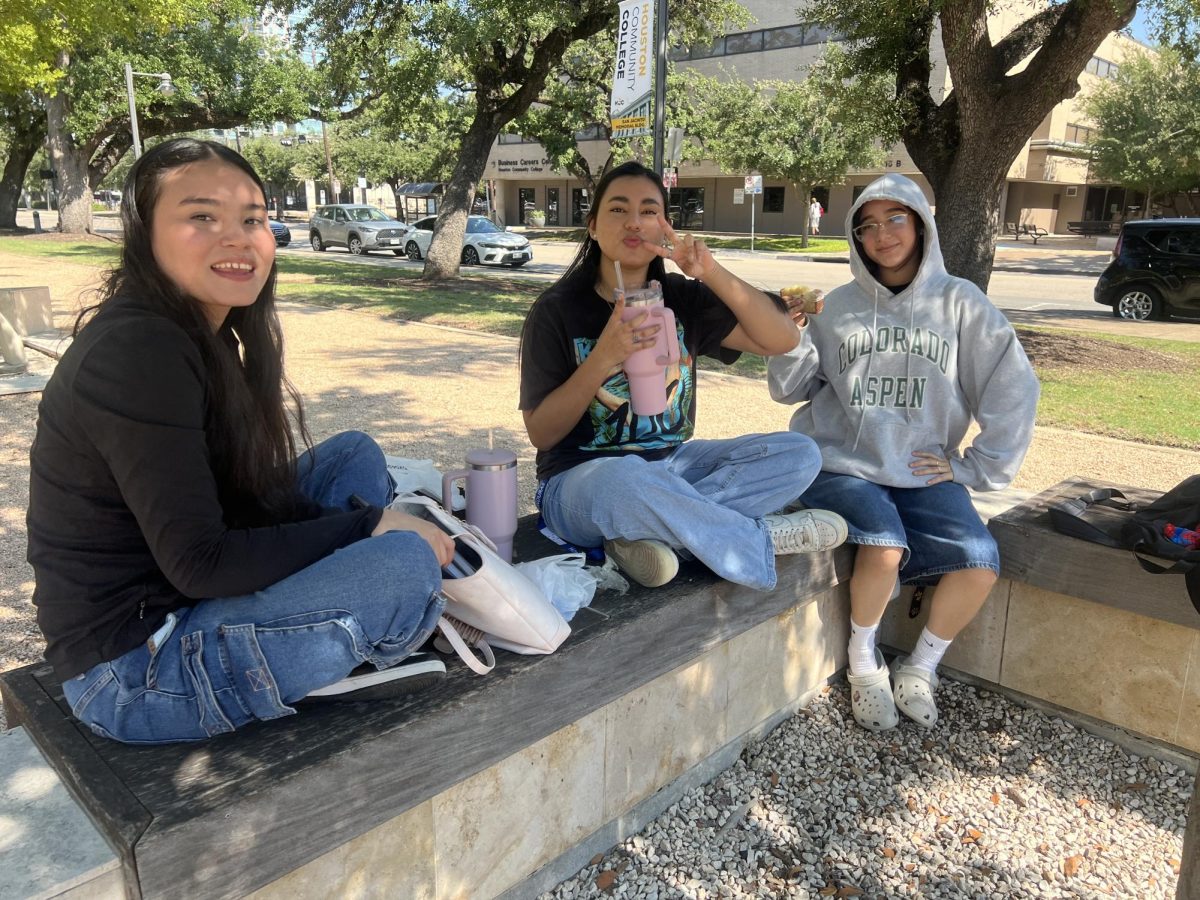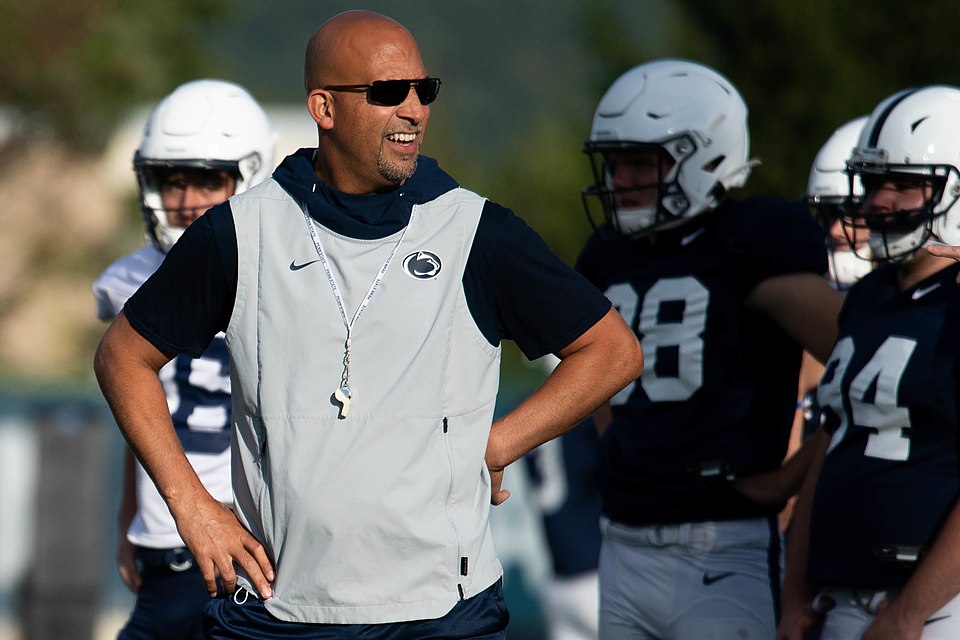Highways vs. METRO
February 10, 2016
Houston is home to one of the most extensive highway systems in America, including the likes of Interstate-45, Interstate-610, Beltway 8, U.S.-59 and Interstate-10, which along with others, boasts over 4206 lane miles of highway.
With a large proportion of Greater Houston jobs and higher education opportunities lying within the 610 Loop, commuters have the daily task of trying to beat the rush hour periods going to and from work or school.
With the rise of Houston-area university enrollment, including the University of Houston system, Rice University, Texas Southern University and the Houston Community College System, tens of thousands of students have to find a means of getting to and from class every day. Not to mention the hefty rush hour traffic that hinders student flexibility on and off campus.
Houston’s ongoing highway expansion has seen a great deal of improvement on expressways and major highways, including the widening of U.S.-59 and I-10.
These actions increase the emphasis on individual car use, or in other words, put more cars on the road. This is especially true when comparing the population shifts in the Greater Houston area to the surge of cars on the road.
From fiscal years 2012-2014, Fort Bend County saw a 9.3 percent population increase; Harris County had a 4.1 percent population increase; Montgomery County saw a 6.9 percent population increase; and Brazoria County saw a 4.1 percent population increase.
Metro Houston’s projected population in 2014 was listed as 6,490,180, a 9.13 percent increase from the 2010 U.S. Census population of 5,946,800 Houstonians. The average rate of population change was an increase in approximately 2.2 percent every year.
A larger population means a larger number of cars at a similar rate of change. In the same time frame between fiscal years 2012-2014, the amount of registered vehicles in Harris County increase by 7.6 percent, a faster rate than the population growth. Meanwhile, Fort Bend County saw an 11.2 percent increase in registered vehicles, also a larger growth than the population.
The more cars on the road, the higher probability or likelihood of traffic accidents, which cause more time spent on the road as hoards of vehicles wait for a pile up to be cleared.
Keep in mind that all registered vehicles might not be in use because of carpooling, stay-at-home parents with cars, unemployment, etc.
A straightforward solution to the problem of crowding highways would be the expansion of Houston’s own METRO system.
In a speech in Austin on Jan. 28, Houston Mayor Sylvester Turner pointed out the huge $2.8 billion price tag and the immense size of the Katy Freeway.
Further confronting the Texas Department of Transportation, Turner said, “This example, and many others in Houston and around the state, have clearly demonstrated that the traditional strategy of adding capacity—especially single occupant vehicle capacity on the periphery of our urban areas—exacerbates urban congestion problems.”
He continued by saying, “These types of projects are not creating the kind of vibrant, economically strong cities that we all desire.”
The Houston METRO Bus, park and ride, local buses, and METRO Rail systems act as the only means of transportation for some within the Greater Houston Area. If the METRO system were to expand and cover more extensive ground within Houston’s boundaries and towards its outlying cities—Sugar Land, Humble and the Woodlands—it would reach the goal of decreasing traffic.
Also, predicted benefits of a more active public transportation system would be expanded opportunity in the city to a larger group of individuals who are without individual transportation. Let’s not forget METRO jobs opening and ticket revenue increasing.
According to METRO’s monthly ridership reports for fiscal year 2009-2012, a decrease in annual ridership from 84 million to 76 million dealt a blow to the use of public transportation. Although in the following years from fiscal year 2012-2015 ridership has made up ground with an increase up to 81 million annual riders, an average 2 percent increase per fiscal year.
With Houston’s population increasing faster than METRO’s ridership rates and the flurry of highway construction and improvement projects, only time will tell the outcome of Houston’s traffic issue.























